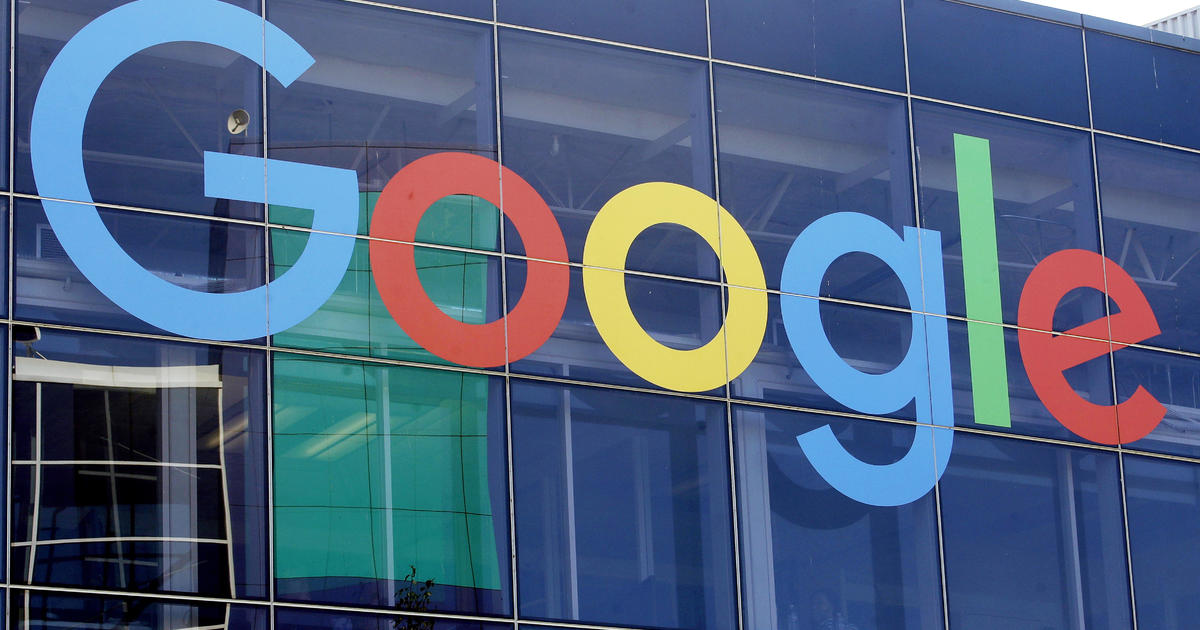StarDate: Moon and Venus— A Brilliant Morning Encounter
FROM THE UNIVERSITY OF TEXAS McDONALD OBSERVATORY, AS HEARD ON KCBS RADIO WEEKDAYS @ 9:52 A.M., 7:35 P.M. & 2:52 A.M
STARDATE 6/23/2014: Early risers are in for a skywatching treat at first light Tuesday morning — a close pairing of the crescent Moon and the planet Venus. Venus looks like a dazzling star just to the left or upper left of the Moon.
Venus is the second planet out from the Sun, while Earth is third. Because of that, Venus has a limited range in our sky. At best, it's visible for a few hours before sunrise or after sunset.
Also because of that arrangement, Venus shows phases, just as the Moon does — from a bare crescent to almost full. It's a crescent around the time it passes between Earth and Sun, and almost full just before it passes behind the Sun. We don't see it when it's full because it's too close to the Sun then.
Right now, the planet is roughly at a right angle to the Sun, so it's about half full. So if you look at it with a telescope, you'll see that half of the hemisphere that faces our way is in sunlight, while the other half is in darkness.
You might expect the planet to be brightest when it's full, and faintest when it's a crescent, but that's not so. Venus is much closer to us when it's a crescent, so it covers a larger fraction of the sky. We also catch more of its reflected sunlight then. So Venus is at its brilliant best a little before and after it passes between Earth and the Sun.
Venus is always bright, though, so it's an easy target. For now, look for it in the east at first light — tomorrow, near the crescent Moon.
Script by Damond Benningfield Copyright ©2014 The University of Texas McDonald Observatory



